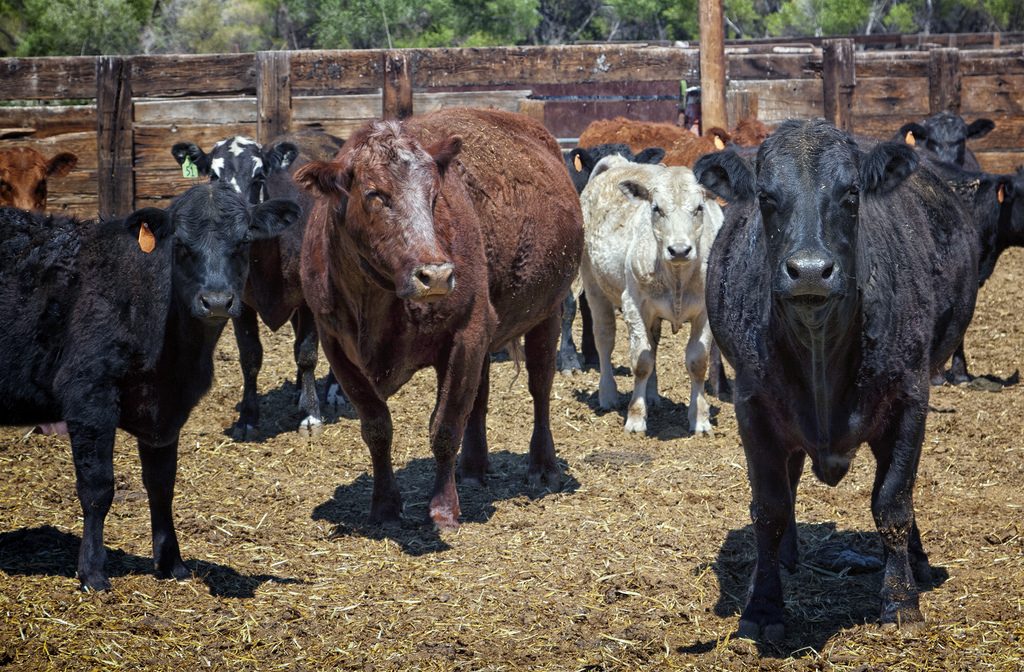Key Insights:
- U.S. exporters have increasingly begun to face trade disruptions on two fronts: from retaliatory trade restrictions and from trade diversion
- Trade restrictions decrease demand for a product due to policies such as tariffs. China’s recent retaliatory tariffs are example of a trade restriction.
- Trade diversions decrease demand for a product as a result of a new trade agreement between an importer and another country that competes with the U.S. for export market share. An example is the recently signed Economic Partnership Agreement between the European Union and Japan.
In the past several months, much attention has been placed on the economic ramifications of the numerous retaliatory trade restrictions placed on United States exporters as a result of the trade tariffs enacted by President Donald Trump. What has perhaps been less prominently discussed is the consequences of trade-diverting actions taken by major importers of U.S. products and countries that are competing with the United States for exporting particular goods. The July 17, 2018 signing of the European Partnership Agreement between the European Union and Japan represents the first of potentially more trade-diverting agreements that could result in significant additional economic outcomes for the U.S. agricultural sector, although numerous other less formal trade diverting actions have also been taken over the past year. We’ll discuss several examples below.
First, let’s review how trade restrictions and trade diversions are likely to affect U.S. exporters using beef as an example. We’ll begin with Scenario 1, which represents the markets as of 2017, and then assess how trade restrictions and trade diversions affect U.S. beef producers.
Scenario 1: Markets as of 2017
Relative to beef production in China and Japan, the U.S. beef sector has a comparative advantage in producing beef. The United States also enjoys a beneficial geographic location relative to China and Japan for shipping products to those locations. While some tariffs on beef may exist in China and Japan, these apply to all exporting countries. As such, the two Asian countries choose to import beef from the United States. For U.S. producers, this represents an increased in the quantities demanded of beef and, consequently, higher prices. For Chinese and Japanese consumers, this represents an increased quantity supply and lower prices.
Scenario 2: China Imposes Tariffs on Beef
Chinese tariffs on beef create a policy-based increase on the costs of trade. Some of those costs are likely to be passed on to U.S. beef exporters and some to Chinese consumers. As a result, U.S. beef producers see a reduction in the quantity of beef exported and the prices they receive for their product; Chinese consumers face a higher price and less U.S. beef in grocery stores. In early-July, China raised its tariff on U.S. beef products by 25 percentage points, and the impacts are already being seen as the U.S. frozen beef inventories are at a 10-year high.
Scenario 3: Japan Establishes a Trade Agreement with a Competing Beef Exporter
Japan does not wish to begin a trade dispute with the United States. However, the new trade agreement lowers trade tariffs for the competing beef exporter—for example, the European Union (EU)—but maintains the status quo for U.S. beef producers. While nothing has changed in the Japanese-U.S. trade relationship, Japanese consumers face lower prices for beef sold from the EU relative to beef sold from the United States. So, even though the U.S. beef sector may still have a comparative advantage in beef production and is still geographically closer to Japan than EU countries, imports are diverted away from U.S. beef and toward EU beef. The result is further reductions in prices and quantities demanded of U.S. beef. The recently signed European Partnership Agreement will lower Japanese tariffs on EU beef from 38.5% to 9%. For U.S. beef, the tariff remains at 38.5%.
Other recent examples of trade diverting agreements that could affect the U.S. agricultural sector include a nearly ten-fold increase in Mexican imports of Brazilian corn, China moving toward Brazilian soybean acquisitions, the Comprehensive Economic and Trade Agreement between Canada and the European Union, and the potential Comprehensive and Progressive Agreement for Trans-Pacific Partnership, which is essentially the Trans-Pacific Partnership without the United States.
(Photo by Randy Heinitz is licensed under CC BY 4.0)

